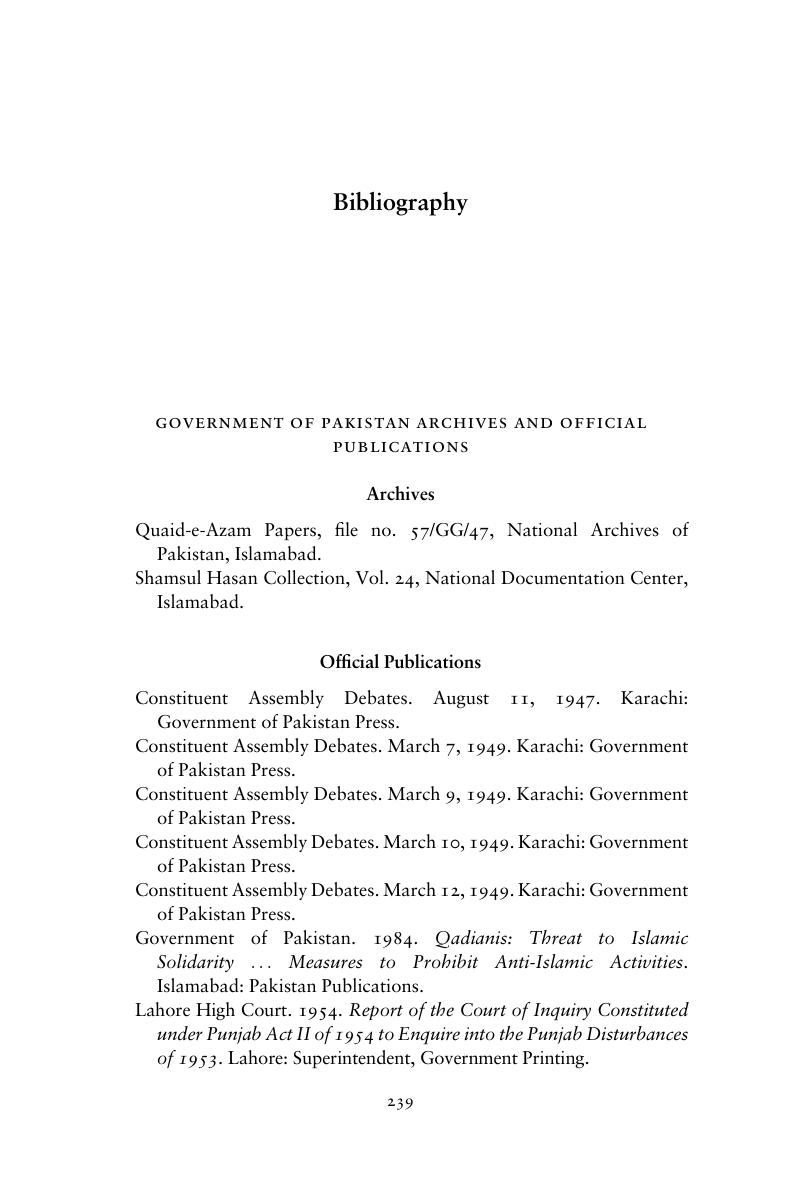Book contents
- Politics of Desecularization
- Cambridge Studies in Social Theory, Religion, and Politics
- Politics of Desecularization
- Copyright page
- Dedication
- Contents
- Book part
- Introduction
- 1 Colonial Genealogy of Muslim Politics
- 2 Democratic Exclusions, Authoritarian Inclusions
- 3 Politics of Minoritization
- 4 The Nation-State and Its Heretics
- 5 Courts and the Minority Question
- Conclusion
- Book part
- Bibliography
- Index
- References
Bibliography
Published online by Cambridge University Press: 27 January 2017
- Politics of Desecularization
- Cambridge Studies in Social Theory, Religion, and Politics
- Politics of Desecularization
- Copyright page
- Dedication
- Contents
- Book part
- Introduction
- 1 Colonial Genealogy of Muslim Politics
- 2 Democratic Exclusions, Authoritarian Inclusions
- 3 Politics of Minoritization
- 4 The Nation-State and Its Heretics
- 5 Courts and the Minority Question
- Conclusion
- Book part
- Bibliography
- Index
- References
Summary

- Type
- Chapter
- Information
- Politics of DesecularizationLaw and the Minority Question in Pakistan, pp. 239 - 264Publisher: Cambridge University PressPrint publication year: 2017



